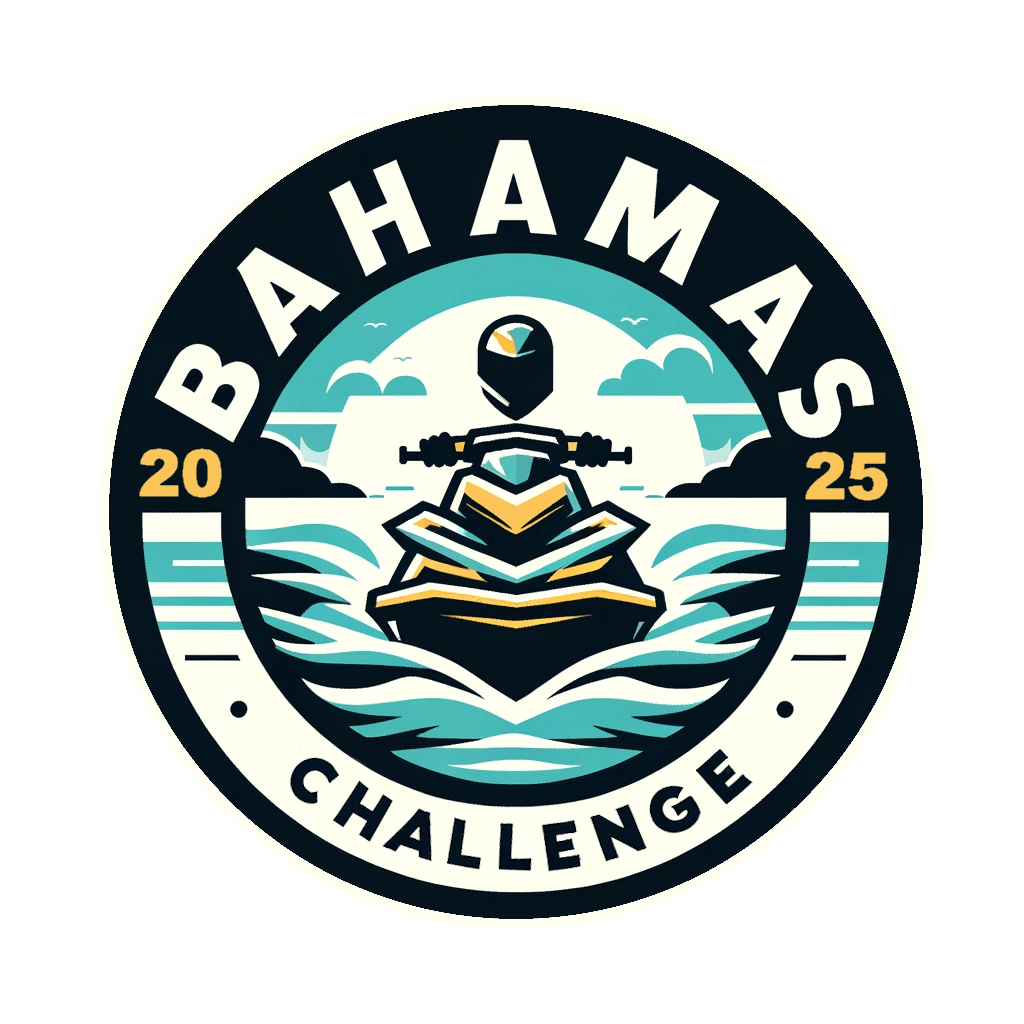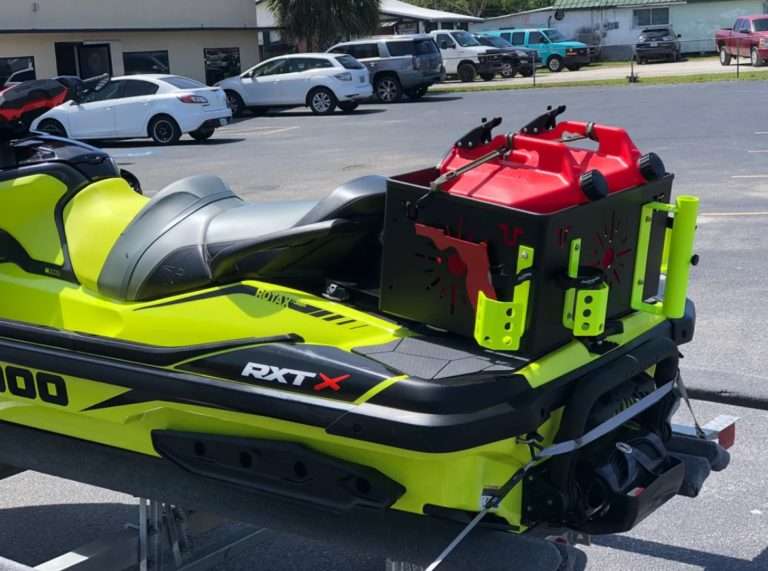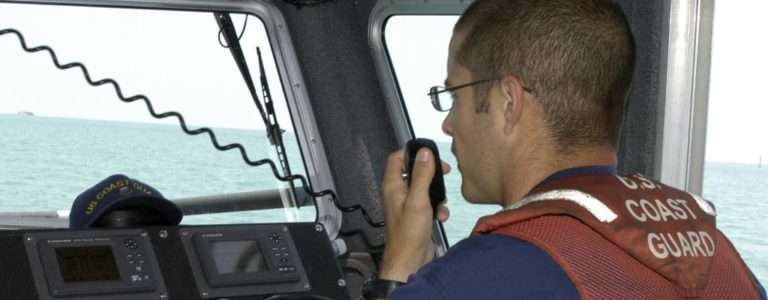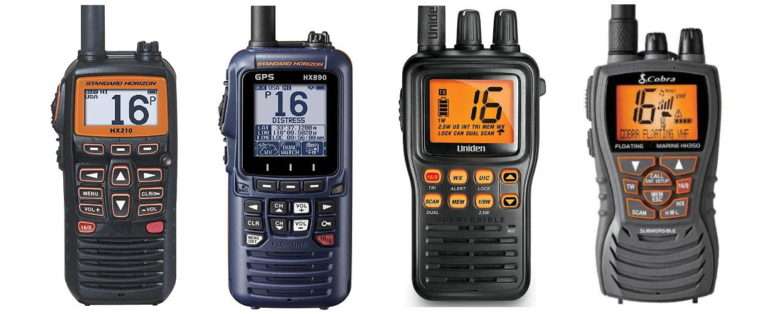Introduction
When you’re getting ready for an oceanic jet skiing adventure, there’s a crucial balance to maintain between the thrill of the ride and the importance of safety. It’s essential to comply with U.S. Coast Guard (USCG) regulations and state laws to make your trip as safe as it is exciting.
In this article, we’re going to dive into the key USCG safety requirements for personal watercraft (PWCs), like jet skis, when they’re being used in open waters. Here’s what we’ll cover:
- The Necessity of Life Jackets
- The Importance of an Engine Cut-Off Switch Lanyard
- The Need for a Fire Extinguisher
- The Purpose of Sound-Producing Devices
- The Requirement for Visual Distress Signals (VDS)
- The Role of Navigation Lights
Let’s get started and ensure your next jet ski trip is up to code!
Life Jackets
Life jackets, also known as Personal Floatation Devices (PFDs), are undoubtedly the most critical piece of safety equipment on any watercraft, including PWCs.
- USCG Regulations: All PWC occupants must wear a U.S. Coast Guard-approved Type I, II, III, or V life jacket. These devices are critical for personal safety, keeping individuals afloat even in challenging situations.
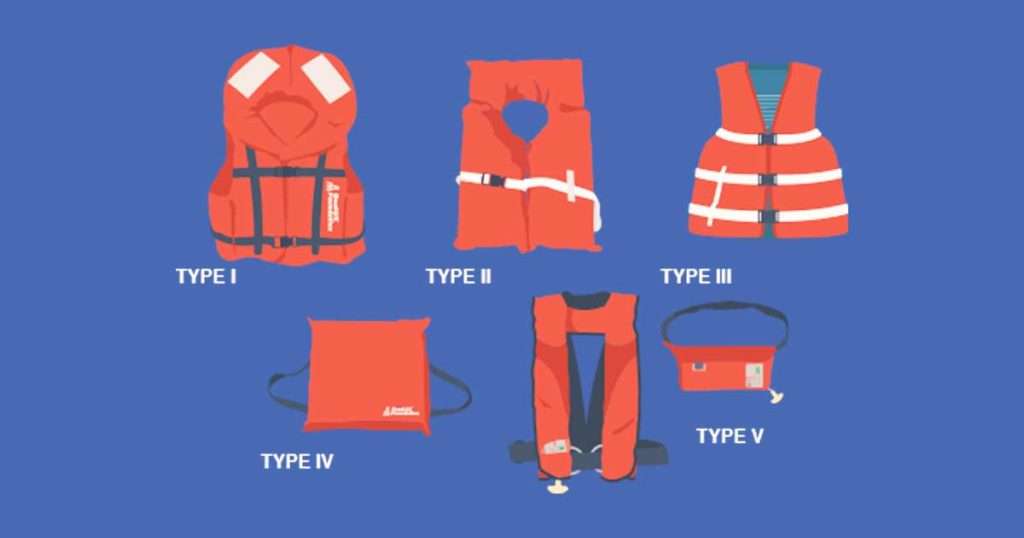
To help you make the best choice for your needs, we’ve compiled a list of the pros and cons for each type (our favorite types are at the top):
Type III (Flotation Aids)
These are the most comfortable for continuous wear and are designed for conscious users in calm, inland waters, or where there is a good chance of quick rescue. They are not designed to turn an unconscious wearer face-up, but they do offer a great range of motion and ease of movement.
For jet skiing, these are often the preferred choice. Here are the specifics:
- Comfort: These jackets are designed for general boating activities, making them comfortable for continuous wear
- Mobility: They allow a good range of motion, which is crucial when operating a PWC.
- Variety: They come in many styles, including vests and jackets, and can be tailored to the wearer’s activity
Type II (Near-Shore Vests)
These are less bulky than Type I and are suitable for calm, inland waters or where there is a good chance of quick rescue. They can turn an unconscious wearer face-up, but not as reliably as Type I.
Type I (Offshore Life Jackets)
These jackets are geared for rough, open waters where rescue may be slow coming. They’re designed to turn an unconscious wearer face-up in the water. However, they are bulkier and less comfortable than other types.
Type V (Special Use Devices)
These are intended for specific activities (such as kayaking, waterskiing, or windsurfing) and can only be counted as a life jacket if used for the activity it is classified for.
Wearing a life jacket is not just the law, but also a simple and effective way to save lives. Make sure to select a life jacket that fits well and is suitable for your intended activity.
Engine Cut-Off Switch Lanyard
An engine cut-off switch lanyard, sometimes also referred to as a “kill switch” lanyard, is an essential piece of safety equipment on a PWC. Its role is simple yet vital: it immediately shuts off the PWC’s engine when the operator falls off. This feature is crucial in preventing a potentially dangerous situation with a runaway watercraft.
- USCG Regulations: Every PWC operator must attach an engine cut-off switch lanyard to their person, clothing, or PFD. This device ensures immediate power cut-off, preventing a potential runaway PWC.

Safety isn’t just about big equipment and gear—it’s also about small but crucial elements like the engine cut-off switch lanyard.
Fire Extinguisher
It might seem counterintuitive, but even surrounded by water, a fire aboard your PWC can pose a significant risk. As a preventative measure, it’s not only advisable but also legally required for all PWCs to carry at least one U.S. Coast Guard-approved B-1 type portable fire extinguisher.
- USCG Regulations: All PWCs are mandated to carry at least one B-1 type portable fire extinguisher. These are specifically designed to combat Class B (flammable liquid) and Class C (electrical) fires, the types most likely to occur on a PWC.
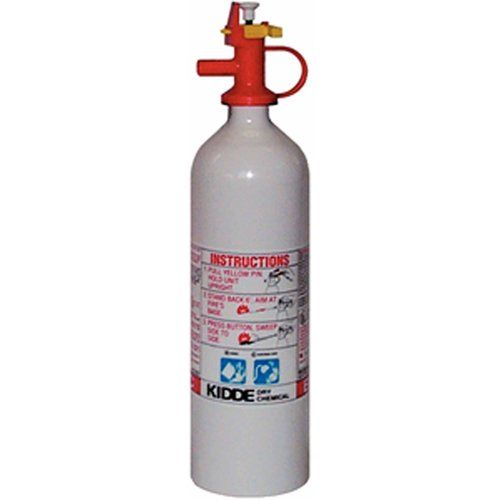
A fire extinguisher is a key piece of safety equipment that could save lives, prevent injury, and protect your investment in your PWC. It’s not just about compliance with the rules—it’s about ensuring a safe ride for everyone onboard.
Sound-Producing Devices
Emergencies on the water can happen quickly, and sometimes your voice alone isn’t enough to signal for help. A sound-producing device, like a whistle or horn, is an invaluable tool for any PWC operator. These devices allow you to alert other vessels of your presence, particularly in foggy or reduced visibility conditions. In the event of an emergency, an efficient sound signal could be the difference between a quick rescue and a prolonged search.
- USCG Regulations: Under USCG regulations, all personal watercraft must be equipped with a sound signal device that can produce an efficient sound signal audible for at least half a mile.
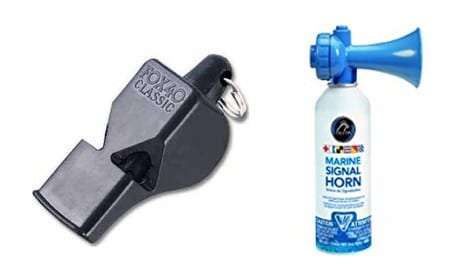
Carrying a sound-producing device is not just about meeting USCG requirements—it’s about ensuring that you can effectively communicate in case of emergency or navigational hazards. A simple whistle or horn can save lives, prevent accidents, and provide peace of mind during your ocean adventures.
Visual Distress Signals (VDS)
When you’re out on the open waters, one of the most crucial safety elements to consider is visibility. In case of an emergency, you need a way to signal for help that can be seen from a distance. This is where Visual Distress Signals (VDS) come in. These could be flares, strobe lights, or even a distress flag.
- USCG Regulations: The USCG requires you to have a minimum of three signals for both daytime and nighttime use. Some signals can serve double-duty for both day and night, but you need to have at least three signals for each.
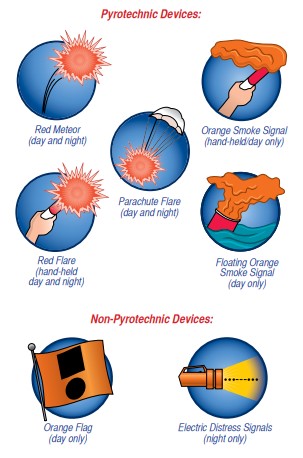
Visual Distress Signals can be the difference between a swift rescue and a dangerous, drawn-out ordeal. Before you embark on your journey, ensure you’re equipped with the proper signals and familiarize yourself with how to use them.
Navigation Lights
Personal Watercraft are primarily designed for daylight operation, with legal usage typically extending from half an hour before sunrise to half an hour after sunset. During these transitional twilight periods, navigation lights are not just a safety accessory, but a necessity.
- USCG Regulations: As per USCG guidelines, all vessels, including PWCs, must display navigation lights during these specific periods of the day: from sunset to sunrise, especially the half-hour window after sunset and before sunrise, when the lighting conditions change rapidly.

Keep in mind, adhering to navigation light regulations goes beyond just abiding by the law. It’s a fundamental component of safe jet skiing, especially during those enchanting twilight hours. Proper use of navigation lights increases your visibility, helping to ensure your evening rides are as safe as they are exciting.
Conclusion
Every great jet ski adventure starts with a commitment to safety. As you gear up for the thrill of open water jet skiing, remember that understanding and following USCG requirements is crucial. It’s not just about compliance—it’s about ensuring you’re ready to meet any challenges you might encounter on the open water. So check your gear, embrace the thrill, and embark on an unforgettable journey. Remember, your safety is your ticket to endless adventures on the waves. Safe travels and happy jet skiing!
For more valuable insights and answers to common questions, head over to our FAQs page at https://bahamas-challente.com/FAQ
